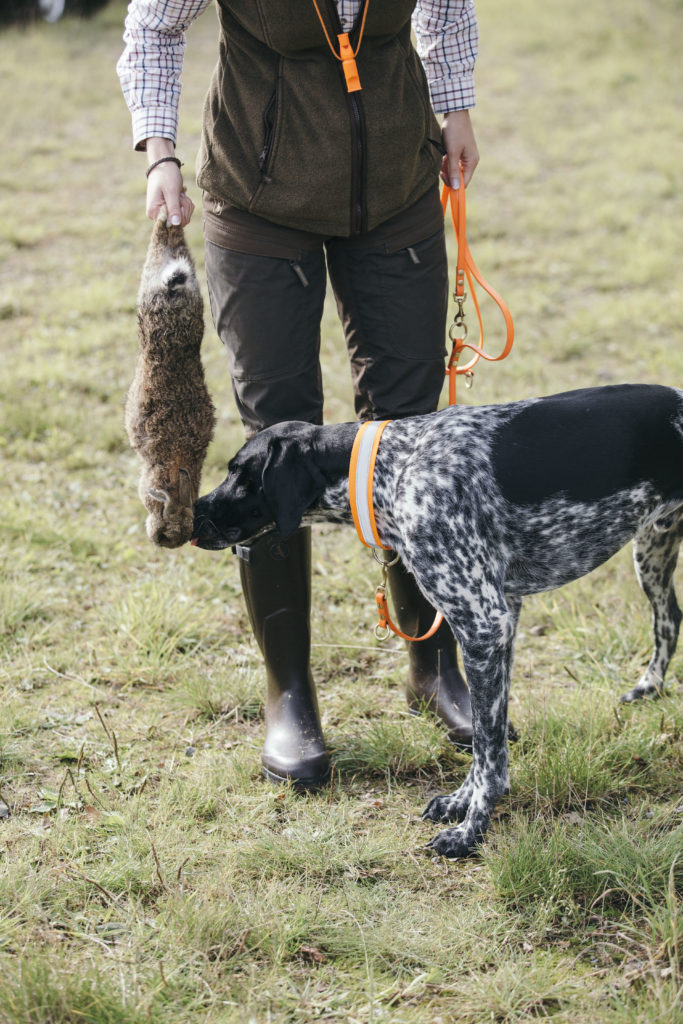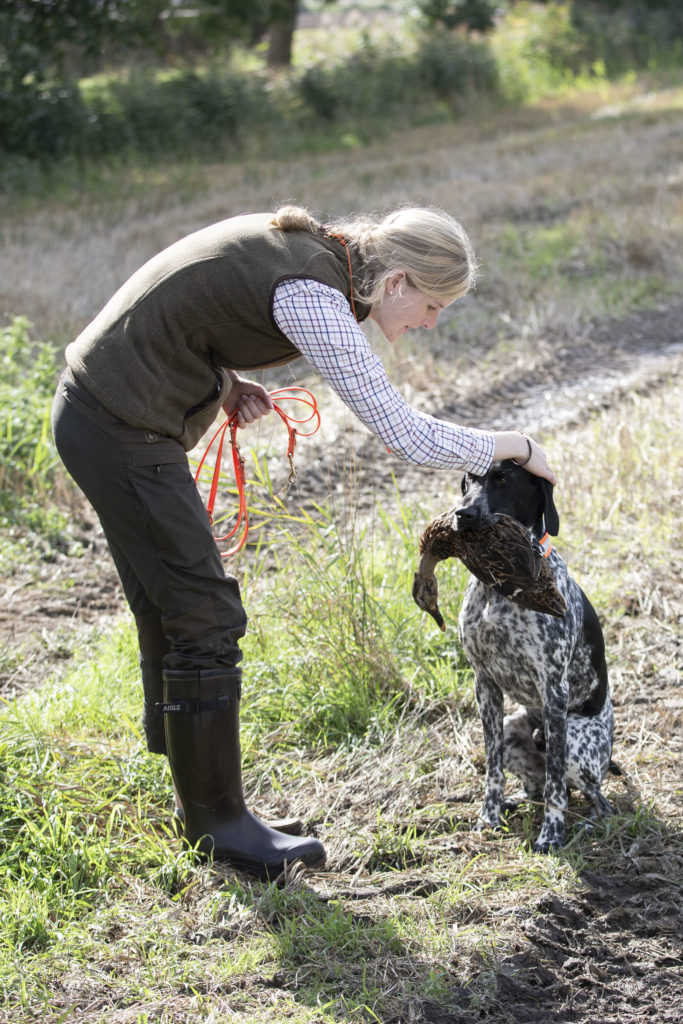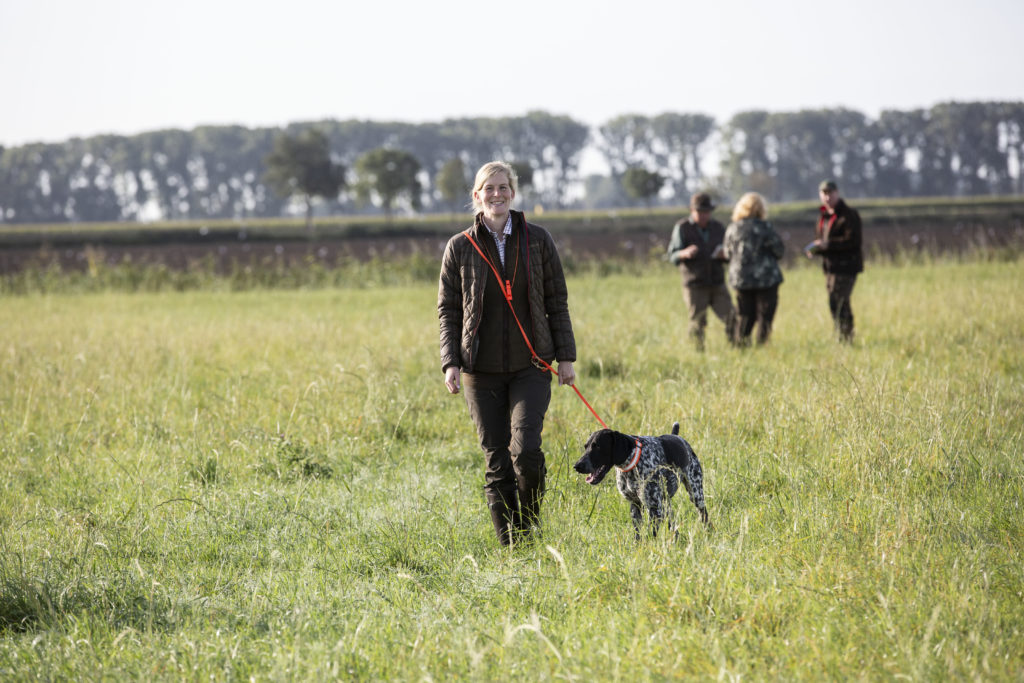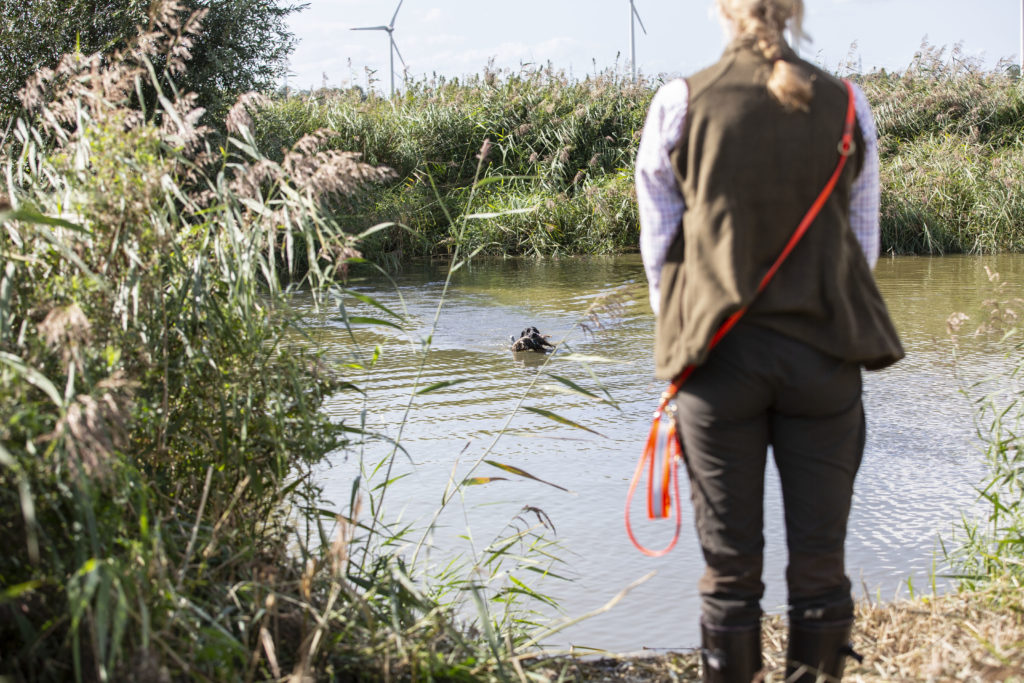Hunting without a Dog is like Hunting in the Fog
In Germany, the law stipulates that only suitable dogs can be used for hunting. The dog’s hunting utility must be ascertained and documented in standardized tests. An interview with Paul Rößler, Professional Hunter and Certified Dog Trainer.
Which dogs can be admitted to the utility test? As a general rule, only recognized hunting dog breeds are allowed to take the test. In addition, the dog must be older than one year of age and have proof of its identity. Furthermore, the dog’s handler must be in possession of a valid hunting license.
How do I prepare my dog for the hunting utility test? Ideally, you should begin preparing when the dog is still a puppy by training it for its later tasks. It’s important that the dog already becomes familiar with a variety of game species during its youth. In general, however, there is neither a single formula that applies to all dogs nor THE one right method. Each dog-human team is unique and deserves individual consideration. However, many mistakes can be avoided from the beginning by getting professional assistance with your training, especially as a first-time handler.
How long does it take to train the dog? It makes sense to attend a hunting course for puppies when the dog is less than one year old. In the second year, you begin preparing for the test. Hunters’ associations or private dog trainers or schools offer special preparatory courses specifically for this purpose. The dog’s training isn’t finished upon passing the test. They need to recall and reinforce what they’ve learned over and over again.
What is tested exactly? The test content varies by German state – in Schleswig-Holstein, the dog’s hunting utility can be tested and determined on the basis of its respective area of application in four categories of aptitude: 1. aptitude for hunting small game (except roe deer) (Utility Test I), 2. aptitude for hunting hoofed game (UT II), 3. aptitude for foraging for hoofed game (UT III), and 4. aptitude for hunting in burrows (UT IV). The test regulations for the UT I are divided into the subjects of field work (retrieving furred game and small game) and water work (steadiness to shot, blind retrieve, and search behind a duck). In addition, obedience subjects are tested, like obedience in the field, heeling on lead, heeling off lead, down/stay, steadiness to wing, and steadiness to shot in the field.


How do you specifically prepare a dog for a driven hunt? In order to participate in driven hunts, the dog must have passed UT III, demonstrating an aptitude for foraging for hoofed game. In order to be admitted to the test, the dog must have documented that it can alert its handler. A typical task would be to send the dog from the handler’s stand into the field to independently search the area assigned to them in about ten minutes by means of a systematic, constant, and thorough search and show that they have the desire to find game. Found and escaping game must be hunted loudly until it leaves the cover. The following requirements apply differently to the search test in a wild boar enclosure: A dog is suitable for wild boar hunting if, after finding boar (which it must do within ten minutes), it remains near the boar while simultaneously alerting the handler well, or, if forced to leave, it returns to the handler and can be sent again if necessary, and if it works for at least three minutes in total without any risk to itself.

